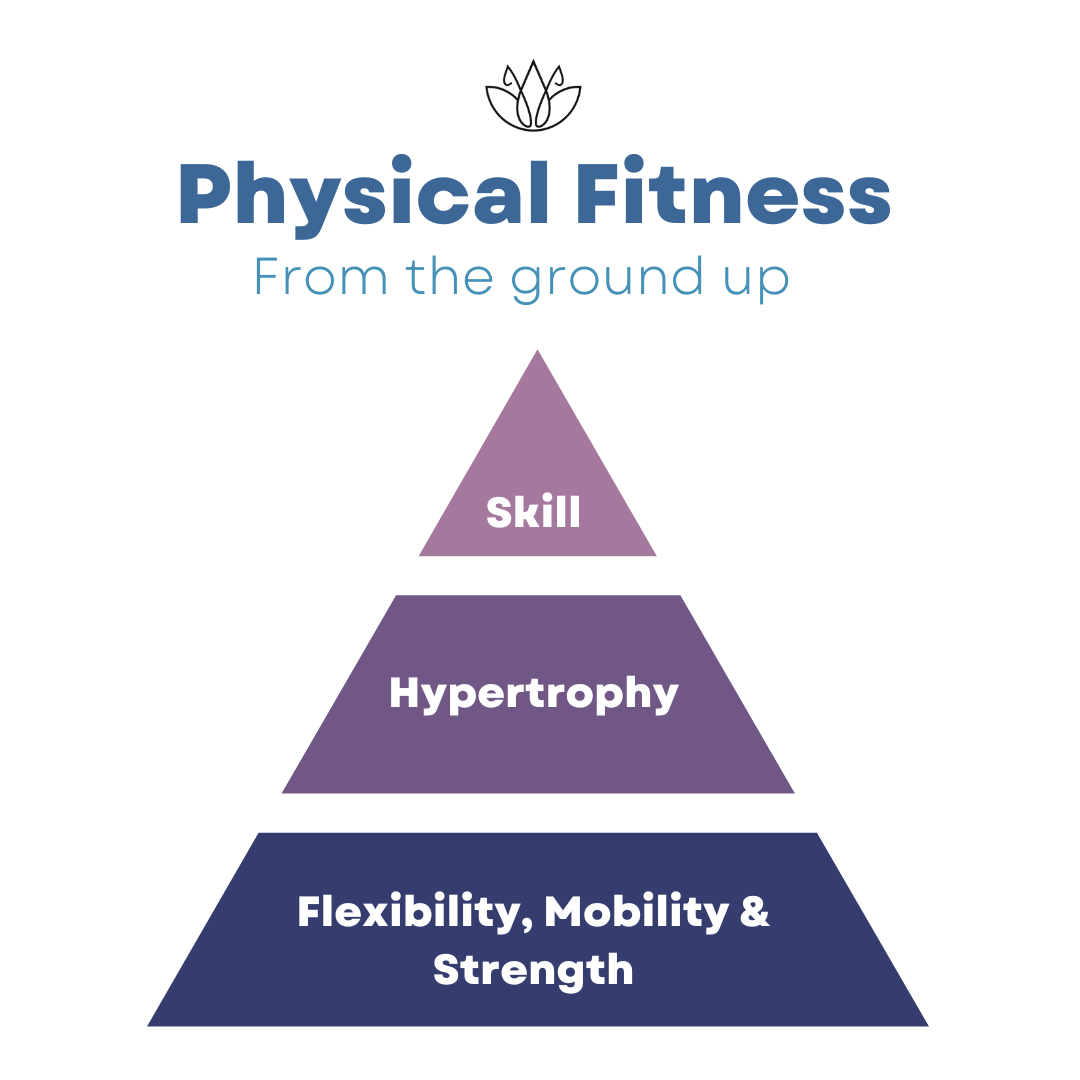Why movement matters
Movement isn’t punishment for food or a body to “fix.” It’s a daily thank-you — simple care that helps you feel clearer, sleep deeper, and live longer. Think of it as maintenance for your heart, brain, mood, and joints.
- Small wins add up. Global guidelines suggest ~150 mins/week of moderate activity (or 75 mins vigorous) plus 2 days of strength — but any movement is better than none. Break it into 10–20-minute pockets and let it compound. WHO · CDC
- Steps, not stress. More daily steps = lower risk of early death, with big benefits around ~6k–10k; even ~8k on a few days a week helps. JAMA (2020) · The Lancet (2016)
- Strength is protective. A little resistance training each week is linked with lower all-cause mortality — no marathon lifts required. Two short sessions (push, pull, squat/hinge, carry) preserve muscle, bone, and independence. American Journal of Preventive Medicine · BJSM (2022)
- Sitting less, living more. If you sit a lot, brief bouts of movement help blunt the risks — stand, stroll, or stretch when you can. Think “movement snacks”: 3–5 minutes each hour to reset posture and refresh focus. BJSM (pooled cohorts) · The Lancet
Just Jana reframe: Move because you get to, not because you have to. Start where you are, with what you have — your future self will feel the difference.
Different ways to move
Pick one you can do now, one you’ll do later today, and one you’ll try this week. Small wins stack.
[Tap each card to reveal examples...]
Just Jana reframe: Consistency > intensity. Compassion > comparison.
Movement is a spectrum - meet yourself where you are, and let that be enough.
Functional movement pyramid
Movement gets stronger from the ground up. Build a kind, capable base—then layer capacity—then express skill.

-
Flexibility, Mobility & Strength (foundation)
Flexibility = how far tissues can lengthen. Mobility = how well a joint moves with control. Add simple strength (squat, hinge, push, pull, carry) so you can use those ranges safely in daily life. -
Muscle Hypertrophy (capacity)
More muscle gives you a bigger “engine.” Moderate loads and enough quality sets raise your ceiling for strength, endurance, and resilience. -
Skill (expression)
Technique in running, swimming, lifting, or handstands lands best on a solid base. Practice skills when you’re warm and fresh so the body can learn.
- Start broad, then sharpen: each week touch mobility + the big five patterns; add 6–12 good sets per muscle group for hypertrophy; slot skill practice after warm-up.
- Progress kindly: first control the range → then add load/reps → then add speed/complexity.
- When stuck: return to the base—most plateaus and niggles are foundation problems.
Body & Mind Balance
We’re not one-dimensional. A high-quality life needs both a cared-for body and a supported mind. When mental health is tended—stress, sleep, nervous system—physical progress improves too: you recover better, learn skills faster, and stay consistent. Let’s match today’s movement to how you actually feel.
Quick check-in
Gentle plan
Build your weekly workout schedule
Answer a few gentle questions. We’ll craft a 7-day micro plan + a 5-minute “always-yes” routine that fits your life.

Build Your Gentle Week
Fast, one-screen questions → a plan you’ll actually do.
Cultural lens: Gentle reframes
…
Myths & FAQs
…
Safety & red flags
…
Before you go
…
References
…